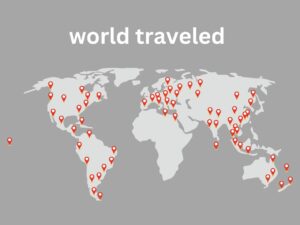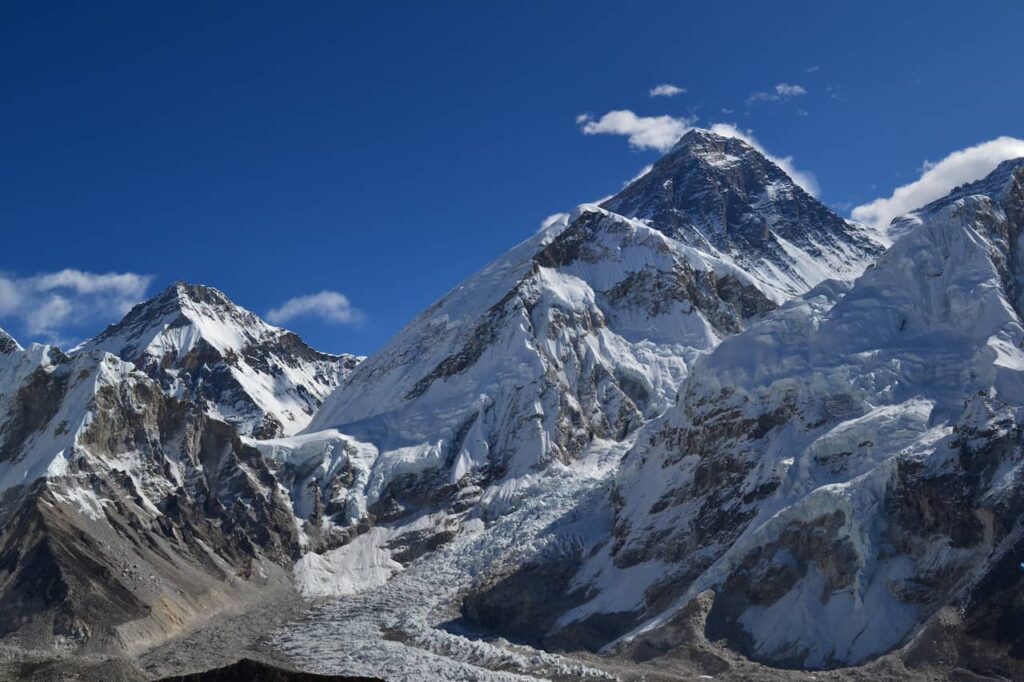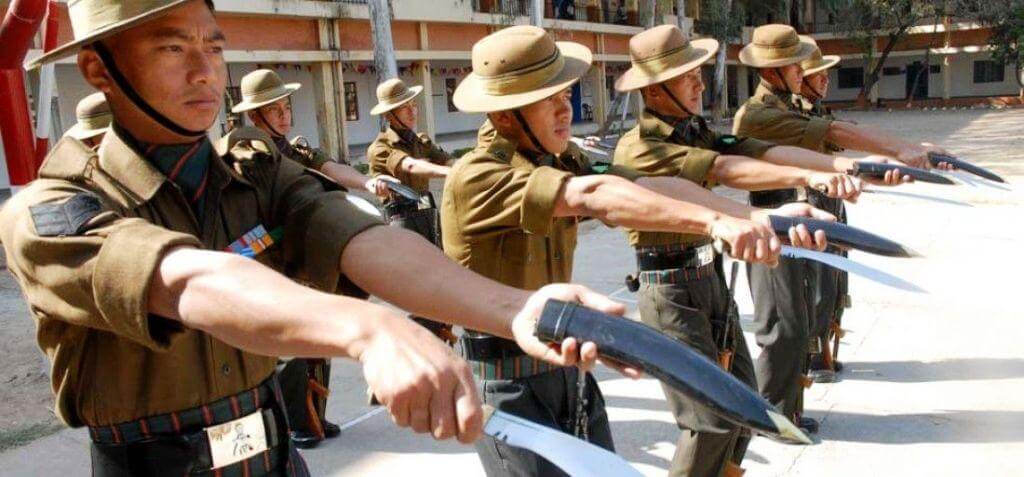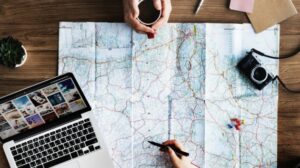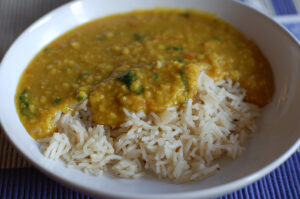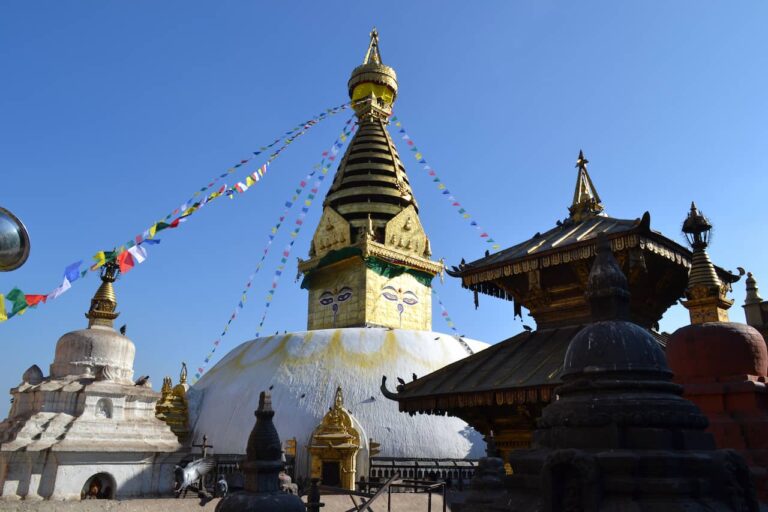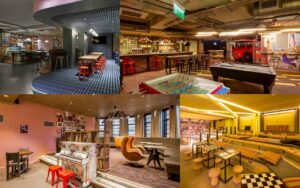Kathmandu.
In Kathmandu, there are several popular areas to stay. Here are some of the best areas to stay in Kathmandu:
Thamel:
Known as the tourist district of Kathmandu. Its narrow streets are full of shops, restaurants, bars, exchange offices, and a wide variety of accommodation options, from budget hostels to luxury hotels, is the preferred area for tourists.
Durbar Marg:
It is an area located near the Royal Palace.
Where you will find luxury hotels, designer boutiques, fine dining, and a quieter atmosphere compared to Thamel. Durbar Marg is an excellent option for those looking for a high-quality stay but who want to be close to the city’s main attractions.
Bodha:
It is in the northeast of Kathmandu, with its main attraction, the famous Boudhanath Stupa.
A sacred place for Buddhists. Boudha offers a peaceful and spiritual atmosphere, with plenty of accommodation options, vegetarian restaurants, and religious shops.
Neighborhood for those who want to immerse themselves in Buddhist culture and enjoy a quieter atmosphere.
Patan:
The city of Patan (Lalitpur) is a short drive away and is an area with good accommodation options.
Being famous for its traditional architecture, temples, palaces, and cobbled streets.
A great option for anyone looking for an authentic cultural experience and a more relaxed atmosphere.
Pokhara:
Pokhara is 200 km from Kathmandu and is known for its natural beauty and being the base for the Annapurna region.
Lakeside:
It is the most popular neighborhood among tourists in Pokhara. It is located on the shores of Lake Phewa and offers a wide range of accommodations, restaurants, cafes, souvenir shops, and travel agencies. The area has a lively atmosphere and you can enjoy beautiful views of the lake and mountains.
Damside:
Popular neighborhood, located next to Phewa Lake. It is a quiet residential area with a few options for accommodation, restaurants, and shops.
A great option for those who want a quieter area.
Lakeside-6:
Being an extension of the main Lakeside area, but it’s a little more quiet and secluded. It’s a popular choice for those who want to stay close to the Lakeside hustle but prefer a quieter atmosphere.
Trekking in the Himalayas:
Nepal is the perfect destination for trekking lovers, with a variety of stunning trails in the Himalayan regions. Annapurna Circuit, Everest Base Camp Trek, and Langtang Valley Trek are some of the most popular trekking routes offering spectacular mountain views, traditional villages, and a unique experience in nature.
